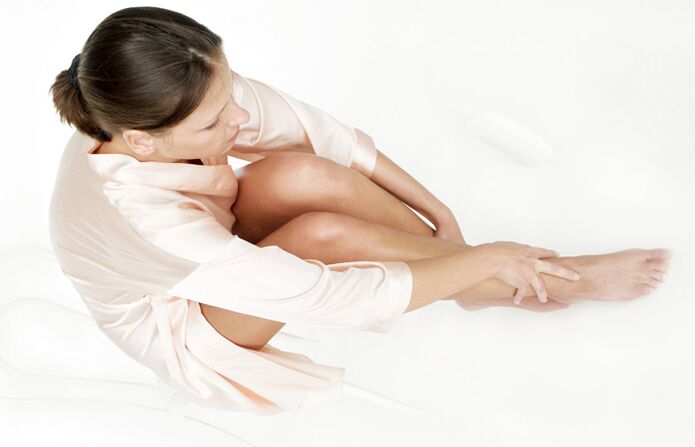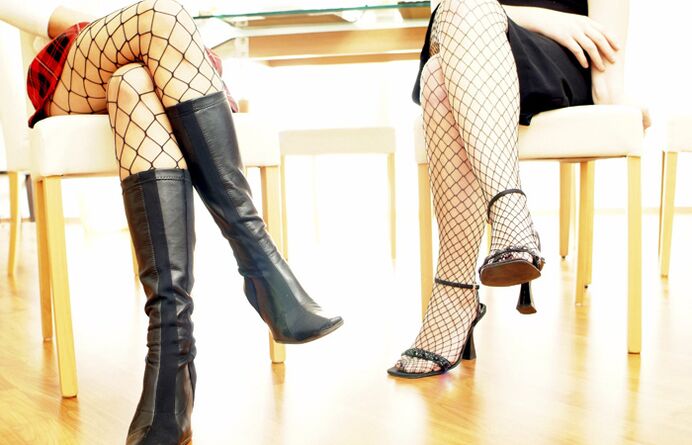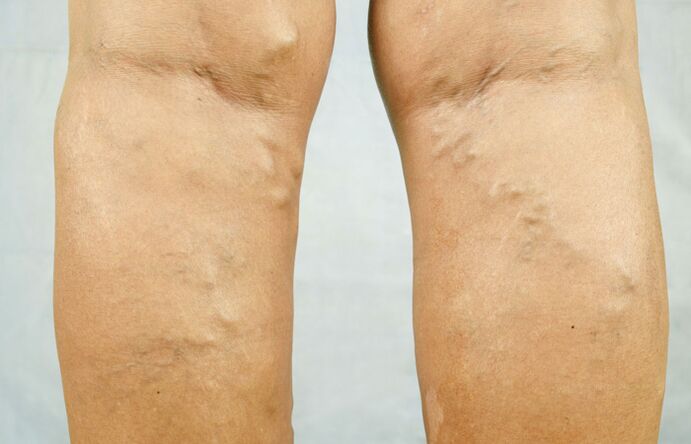
What are varicose veins?
what happened?
Danger
What else do we know about varicose veins?
Anatomy excursions
normal
for varicose veins
Our blood vessels are under attack
- Being overweight or obese.
- A person does heavy physical work, lifts weights, and stands for long periods of time.
- Strenuous exercise, leg injuries.
- Sedentary lifestyle: A person is forced to sit for long periods of time - such as 6-8 hours a day in front of a computer or in a car.
- Women - wearing high heels, pregnancy and childbirth, taking hormonal contraceptives (blood thickening).
- Chronic constipation.
- Diet characteristics: increased carbohydrate content, lack of vegetables and fruits. Because the body is not receiving the substances it needs to restore the structure of the vein walls.

How to identify varicose veins? what to do?
When to see a doctor

Correct diagnosis is the basis for successful treatment
From pills and ointments to surgery
- Prescription venous tonics and venous protectants - drugs that improve the condition and tone of vein walls and increase the flow of blood out of the veins in the lower extremities.
- Use blood thinners, anti-inflammatories, and pain relievers.
- Wear therapeutic compression stockings (stockings/tights). Categories are chosen by the doctor based on the stage of the disease or for prevention purposes.
- Minimally invasive surgical intervention: sclerotherapy, intravenous laser coagulation, radiofrequency veno-occlusion. The altered veins are "glued together" or "sealed". The entire procedure lasts about an hour, and the patient goes home after some time. Advantages: No cuts, infections, or suppuration. Thanks to the technology, the risk of complications is close to zero.
Can varicose veins be cured?
Flying Gait: Preventing Varicose Veins


















